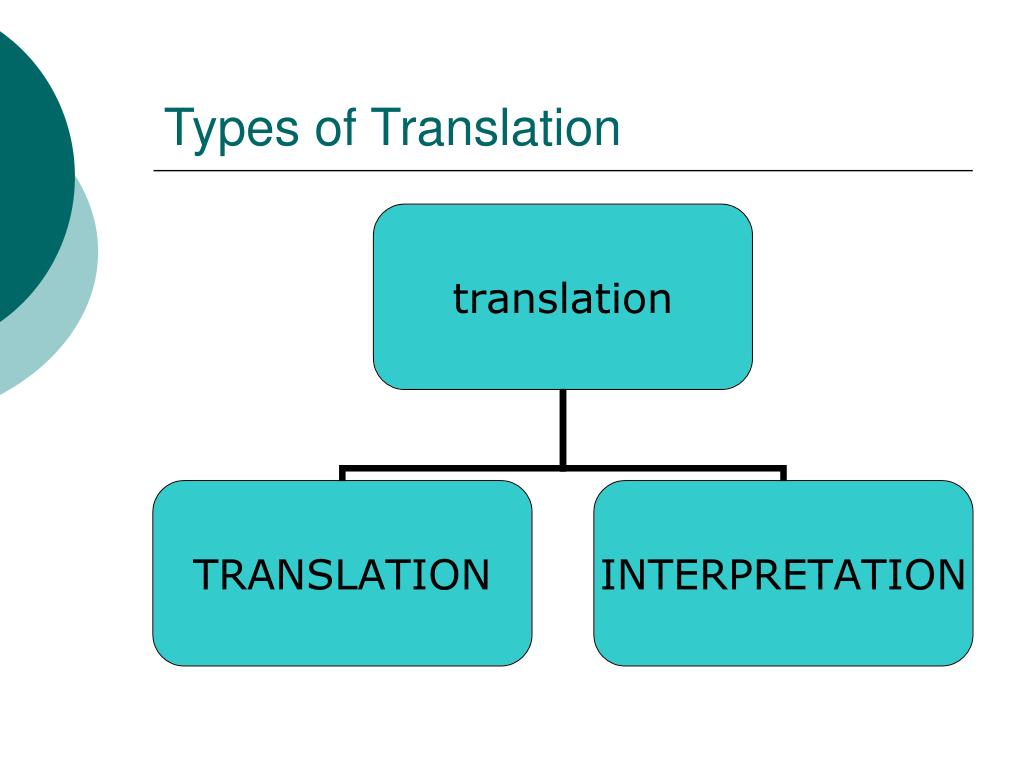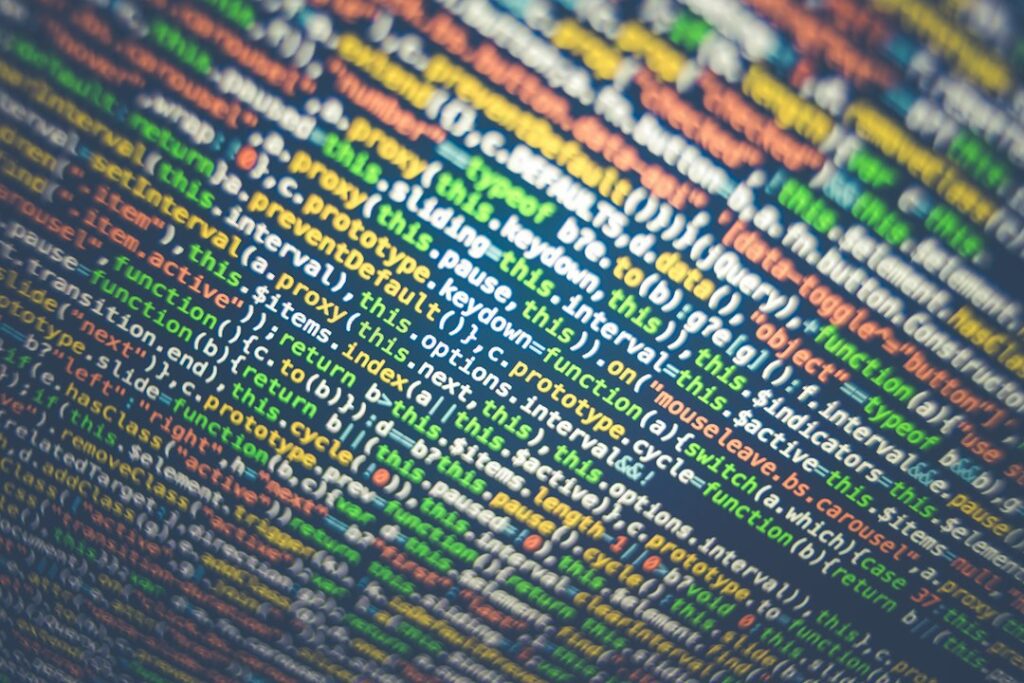In our increasingly interconnected world, where borders are becoming more porous and communication across languages is essential, translators play a crucial role. They serve as linguistic bridges, enabling understanding and fostering cooperation among diverse communities. But did you know that there are different types of translators, each with its own unique functions and specialties? In this blog post, we’ll explore the three main types of translators: human translators, machine translators, and hybrid translators.
1. Human Translators:
Human translators are perhaps the most traditional and well-known type of translators. They are individuals who possess a deep understanding of multiple languages and cultures, along with specialized skills in translation. Human translation involves the manual conversion of text or speech from one language to another while preserving the original meaning, tone, and nuances.
Skills and Expertise: Human translators undergo extensive training to master the art of translation. They possess a profound understanding of both the source and target languages, as well as cultural sensitivity and subject matter expertise. Many human translators specialize in specific fields such as legal, medical, technical, or literary translation, allowing them to provide accurate and contextually appropriate translations within their area of expertise.
Advantages:
- Contextual Understanding: Human translators can grasp the subtle nuances, cultural references, and idiomatic expressions that might be lost in machine translation.
- Quality Assurance: Human translators ensure accuracy, consistency, and natural flow in translations, reducing the risk of errors or misinterpretations.
- Adaptability: They can tailor translations to suit the intended audience, tone, and purpose, providing customized solutions for various communication needs.
Challenges:
- Time-Consuming: Human translation can be time-intensive, especially for large volumes of text or complex materials.
- Subjectivity: Translators may introduce personal biases or interpretations, leading to variations in translation quality.
- Cost: Human translation services can be relatively expensive, particularly for projects requiring specialized expertise or rapid turnaround times.
2. Machine Translators:
Machine translators, also known as automatic or computer-assisted translation systems, utilize algorithms and artificial intelligence (AI) to translate text or speech from one language to another. These systems analyze vast amounts of linguistic data and patterns to generate translations automatically, often in real-time.
Types of Machine Translation:
- Rule-Based Machine Translation (RBMT): RBMT systems rely on predefined linguistic rules and dictionaries to translate text. While they can produce accurate translations for certain language pairs and structured content, they may struggle with ambiguity and complex linguistic structures.
- Statistical Machine Translation (SMT): SMT systems analyze large corpora of bilingual texts to generate translations based on statistical patterns. While they can handle more natural language and adapt to context, they may lack accuracy for less common language pairs or specialized domains.
- Neural Machine Translation (NMT): NMT represents the latest advancement in machine translation, employing deep learning techniques to process entire sentences or paragraphs as opposed to individual words or phrases. NMT models can capture contextual dependencies and produce more fluent, human-like translations across a wide range of languages and domains.
Advantages:
- Speed: Machine translation systems can generate translations instantly, making them ideal for time-sensitive or high-volume content.
- Cost-Effectiveness: Automated translation solutions are often more affordable than human translation services, particularly for basic or repetitive tasks.
- Accessibility: Machine translation tools are widely available online or as software applications, enabling users to translate text independently without relying on external services.
Challenges:
- Accuracy and Quality: Machine translations may lack the nuance, cultural sensitivity, and contextual understanding of human translators, leading to inaccuracies or mistranslations, especially in complex or ambiguous content.
- Lack of Context: Machine translation systems struggle to interpret context, resulting in errors or misinterpretations, particularly for idiomatic expressions or cultural references.
- Domain Specificity: Machine translation performance varies across different languages and domains, with less common languages or specialized fields often posing greater challenges.
3. Hybrid Translators:

Hybrid translators combine the strengths of both human and machine translation to enhance efficiency and accuracy. This approach leverages automated translation tools for initial draft generation, followed by human review and editing to refine the translation quality.
Workflow: In a hybrid translation workflow, machine translation serves as the initial step, providing a draft translation that is then reviewed and edited by human translators. This hybrid approach capitalizes on the speed and cost-effectiveness of machine translation while ensuring the linguistic accuracy, cultural appropriateness, and stylistic refinement offered by human expertise.
Advantages:
- Efficiency: Hybrid translation workflows streamline the translation process by automating the initial draft generation, allowing human translators to focus on higher-level tasks such as editing, quality assurance, and cultural adaptation.
- Consistency: By integrating machine translation with human review, hybrid translators can achieve greater consistency in terminology, style, and tone across translations.
- Cost Savings: Hybrid translation models combine the cost-effectiveness of machine translation with the quality assurance of human oversight, offering a more economical solution compared to full human translation services.
Challenges:
- Integration: Implementing hybrid translation workflows requires effective integration of machine translation tools with human review processes, as well as clear communication and collaboration among translators.
- Quality Control: Maintaining translation quality and ensuring accuracy in hybrid workflows necessitates robust quality control mechanisms, including rigorous human review and editing standards.
- Skill Requirements: Hybrid translators need proficiency in both human translation techniques and machine translation tools, along with the ability to effectively navigate and optimize the interaction between automated and manual translation processes.
Language is the cornerstone of communication, enabling individuals from diverse backgrounds to exchange ideas, express emotions, and connect on a profound level. However, in a world characterized by linguistic diversity, effective communication often requires the assistance of translators. These language experts play a crucial role in bridging the gap between cultures and facilitating seamless interactions. In the realm of translation, there are three primary types of translators, each with its unique characteristics, methodologies, and applications. In this comprehensive guide, we delve into the intricacies of these three types of translators and explore their significance in today’s globalized world.
Type 1: Human Translators: Human translators, often regarded as the pioneers of translation, rely on their linguistic proficiency, cultural understanding, and cognitive abilities to accurately convey meaning from one language to another. Unlike automated translation tools, human translators possess the nuanced understanding necessary to capture subtle nuances, idiomatic expressions, and cultural references embedded within a text. Whether it’s translating literature, legal documents, technical manuals, or marketing materials, human translators bring a level of expertise and creativity that automated systems cannot replicate.
One of the key advantages of human translators is their adaptability and problem-solving skills. Faced with complex linguistic challenges or ambiguous phrases, human translators can employ various strategies such as context analysis, research, and consultation to ensure accurate and contextually appropriate translations. Additionally, human translators can tailor their translations to suit the target audience, taking into account factors such as age, gender, socio-cultural background, and regional dialects.
However, despite their proficiency, human translators are not without limitations. The human translation process is inherently time-consuming, requiring meticulous attention to detail and extensive cognitive effort. As a result, human translation may not always be the most efficient option, especially for large volumes of text or time-sensitive projects. Furthermore, human translators are susceptible to subjective biases, which can influence their interpretation and translation decisions.
Type 2: Machine Translation: Machine translation, fueled by advances in artificial intelligence and natural language processing, has revolutionized the field of translation by offering scalable, cost-effective solutions for multilingual communication. Unlike human translators, machine translation systems rely on algorithms and statistical models to automatically translate text from one language to another. Popular examples of machine translation tools include Google Translate, DeepL, and Microsoft Translator.
Machine translation offers several advantages, including speed, scalability, and cost-effectiveness. With the ability to process vast amounts of text in a fraction of the time it takes for human translation, machine translation systems are well-suited for tasks requiring rapid turnaround times or handling large volumes of content. Additionally, machine translation can be integrated into various applications and platforms, allowing users to access real-time translations across devices and contexts.
However, despite its utility, machine translation is not without limitations. One of the primary challenges is accuracy, as machine translation systems may struggle to accurately capture the nuances of human language, leading to errors, mistranslations, and misinterpretations. Additionally, machine translation systems often lack the cultural and contextual understanding necessary to produce culturally sensitive or contextually appropriate translations. As a result, while machine translation can serve as a useful tool for generating rough translations or gaining a basic understanding of a text, it may not be suitable for tasks requiring high levels of precision or cultural adaptation.
Type 3: Computer-Assisted Translation (CAT): Computer-assisted translation (CAT) combines the strengths of human translators with the efficiency of machine translation, offering a hybrid approach that enhances productivity and accuracy. CAT tools provide translators with a range of features and functionalities designed to streamline the translation process, improve consistency, and enhance collaboration. These tools typically include features such as translation memory, terminology management, and quality assurance checks.
Translation memory is a core component of CAT tools, allowing translators to store and reuse previously translated segments of text. By leveraging translation memory, translators can maintain consistency across translations, expedite the translation process, and reduce the likelihood of errors. Additionally, CAT tools often include terminology management features, enabling translators to create and maintain glossaries of specialized terminology specific to a particular domain or industry.
Another key feature of CAT tools is quality assurance checks, which help ensure the accuracy and consistency of translations. These checks may include spell-checking, grammar checking, and style consistency checks, among others. By identifying potential errors or inconsistencies early in the translation process, CAT tools empower translators to deliver high-quality translations efficiently.
Conclusion

translators play a vital role in overcoming language barriers and facilitating communication in our globalized world. Whether through human expertise, machine intelligence, or hybrid approaches, translation enables individuals, businesses, and societies to connect, collaborate, and exchange ideas across linguistic and cultural boundaries. By understanding the strengths, limitations, and nuances of different translation methods, we can harness the power of language to foster mutual understanding, empathy, and cooperation on a global scale.

